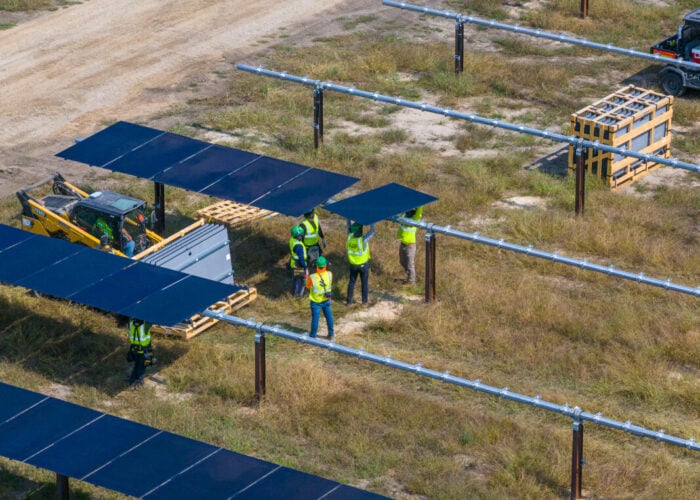US federal agency the Bureau of Land Management (BLM) has said it will keep open land designated for solar projects for future development despite its failed bid last week.
A spokeswoman for the body has stated that land offered in Colorado and other western US states as Solar Energy Zones “will still be available for competitive solar energy development”, despite a public auction held on Thursday for three parcels of land across two SEZs ending with no bids being put forward.
Try Premium for just $1
- Full premium access for the first month at only $1
- Converts to an annual rate after 30 days unless cancelled
- Cancel anytime during the trial period
Premium Benefits
- Expert industry analysis and interviews
- Digital access to PV Tech Power journal
- Exclusive event discounts
Or get the full Premium subscription right away
Or continue reading this article for free
In an emailed response to an enquiry by PV Tech, spokeswoman Vanessa Lacayo reiterated the commitment of BLM to “make renewable energy development available on public lands”.
According to Lacayo, a March 2013 solicitation held by BLM resulted in nine applications and 27 inquiries or expressions of interest.
It is still not clear why no bids were received at all at last week’s event. Lacayo was so far only able to state that BLM would “evaluate” the auction.
Industry figures quoted last week in the Denver Post regional newspaper gave possible reasons for the no-show, including a lack of clarity in the regulatory framework of the auction and procurement process and a general market uncertainty.
In response to these opinions, Vanessa Lacayo stated that she “really can't speak on behalf of industry”, but said BLM would continue to look at future opportunities in Colorado and other western states to offer lands in Solar Energy Zones for future development.
In her response, Lacayo also pointed to 47 solar, wind and geothermal projects approved by BLM for construction on public lands since 2009 in addition to the creation of SEZs, including the “associated transmission corridors and infrastructure to connect to established power grids”, which have often been the stumbling block preventing large-scale renewable generation projects from going ahead in other territories. The 47 projects – when completed – would total over 13.3GW, powering over 4.6 million homes and providing around 19,000 jobs in the construction and operation of facilities.






